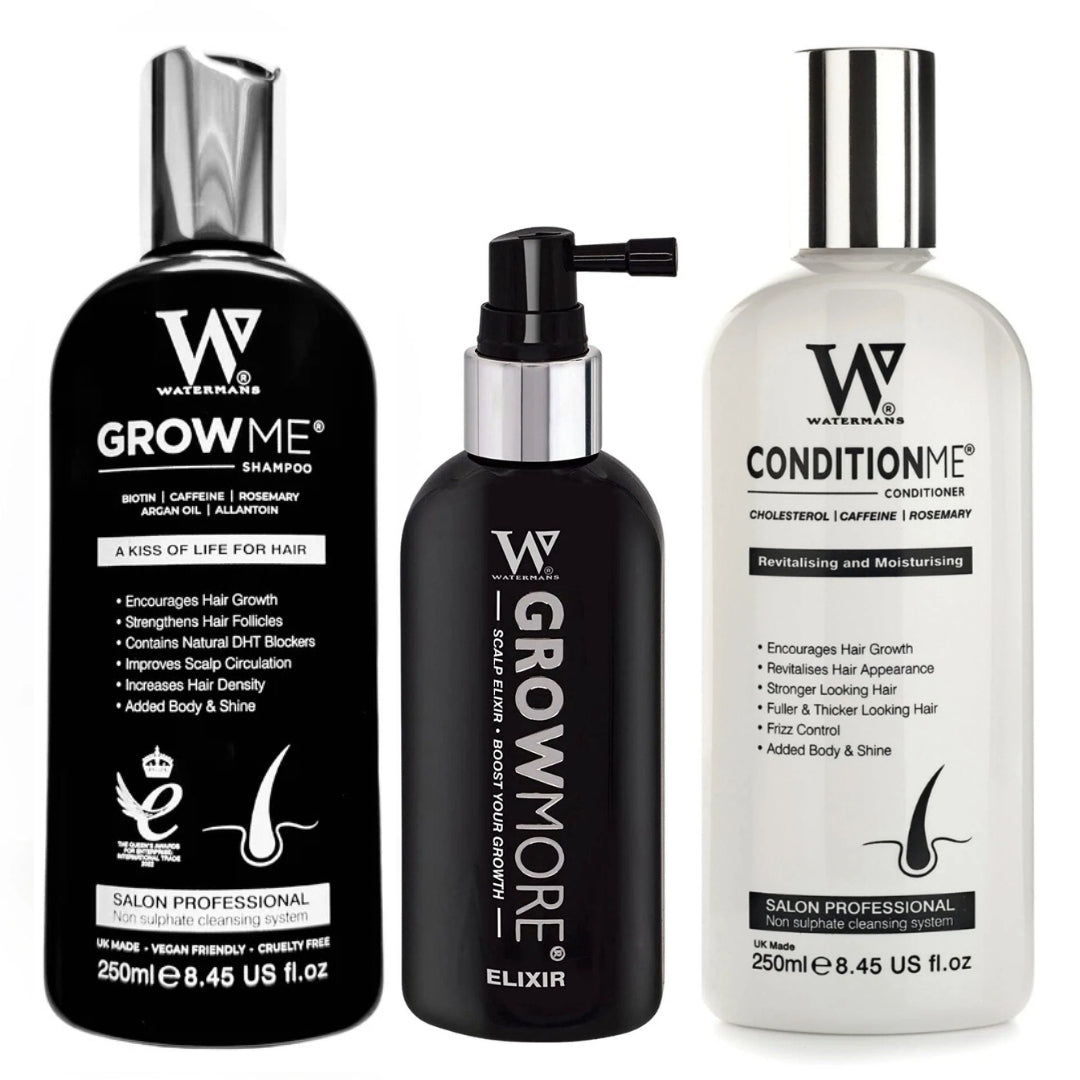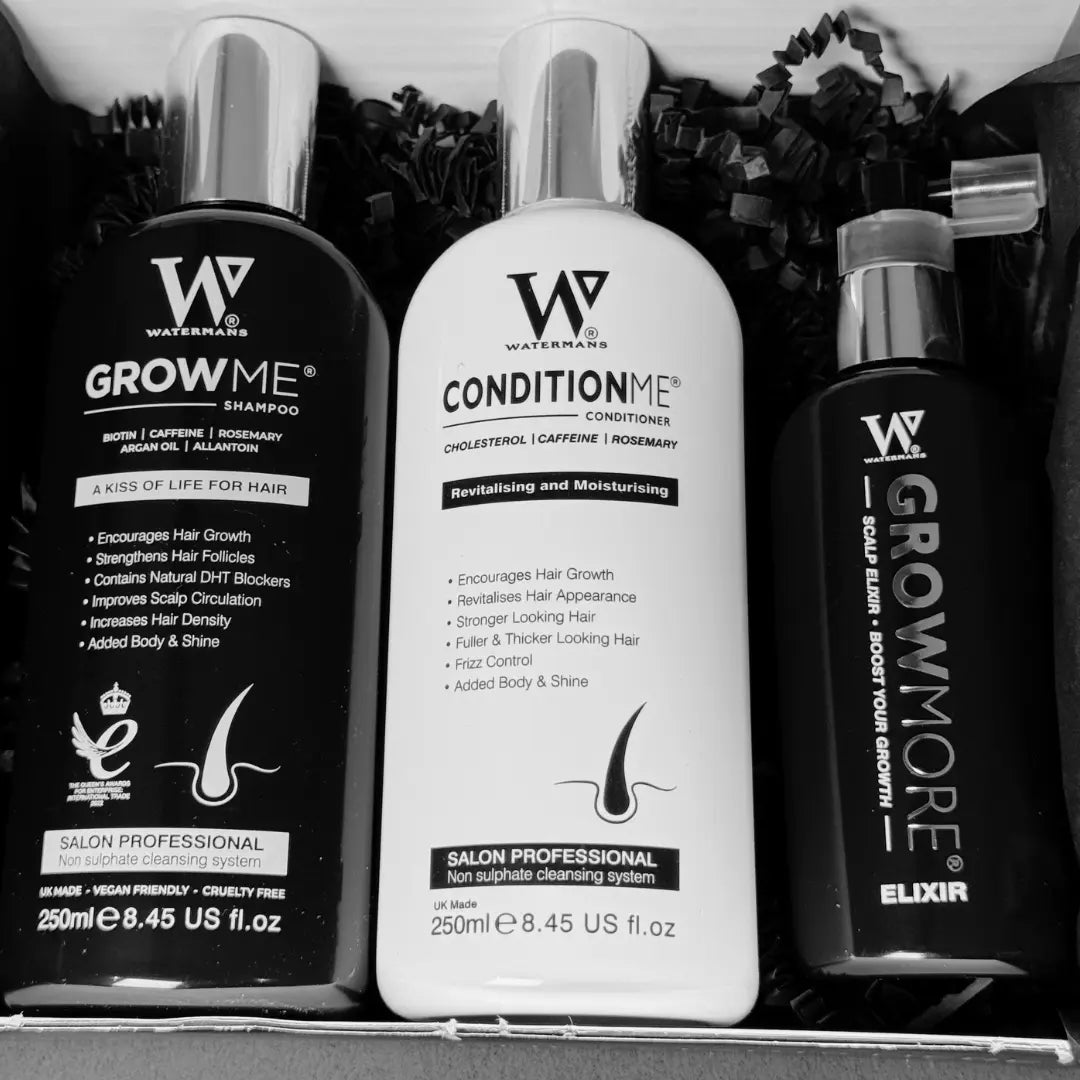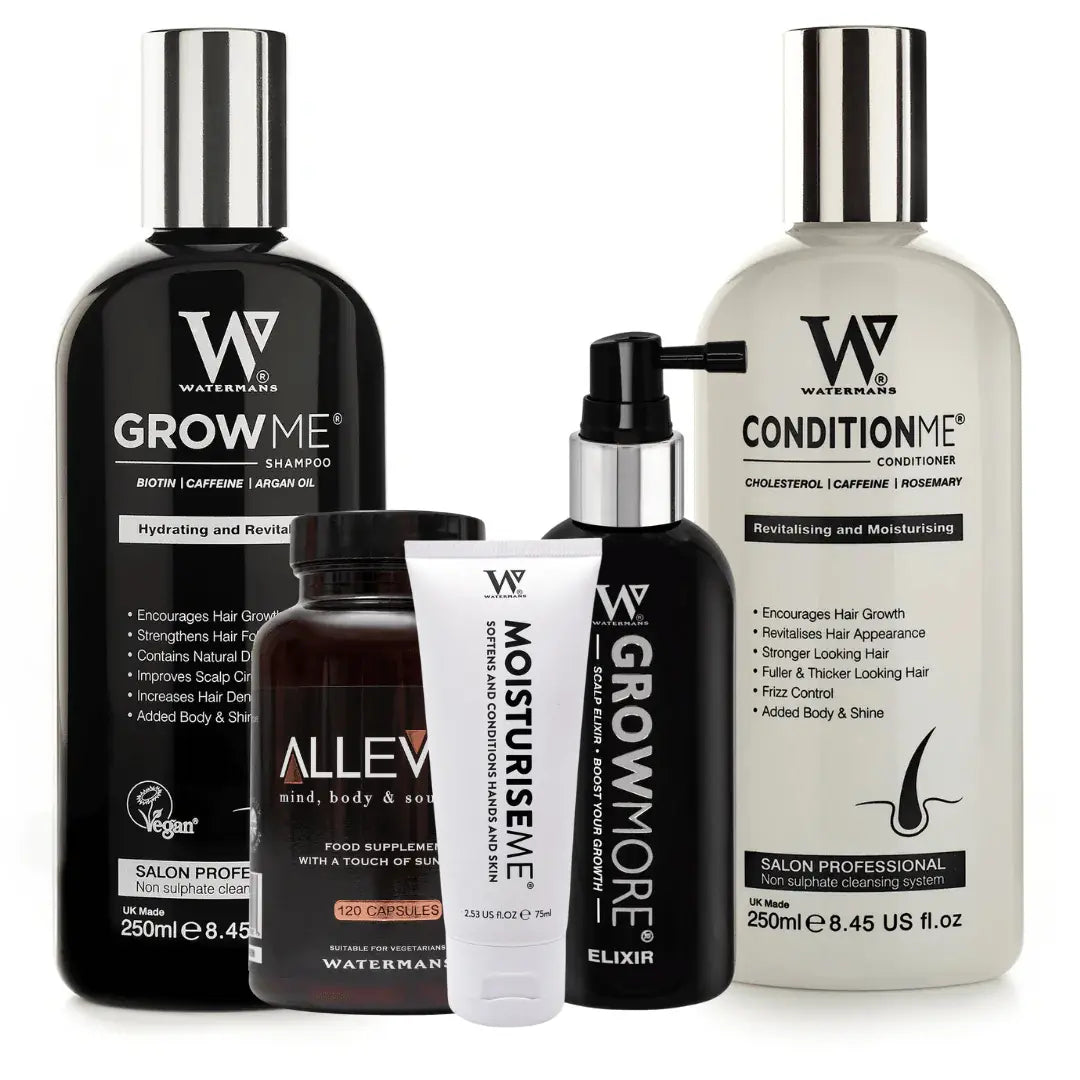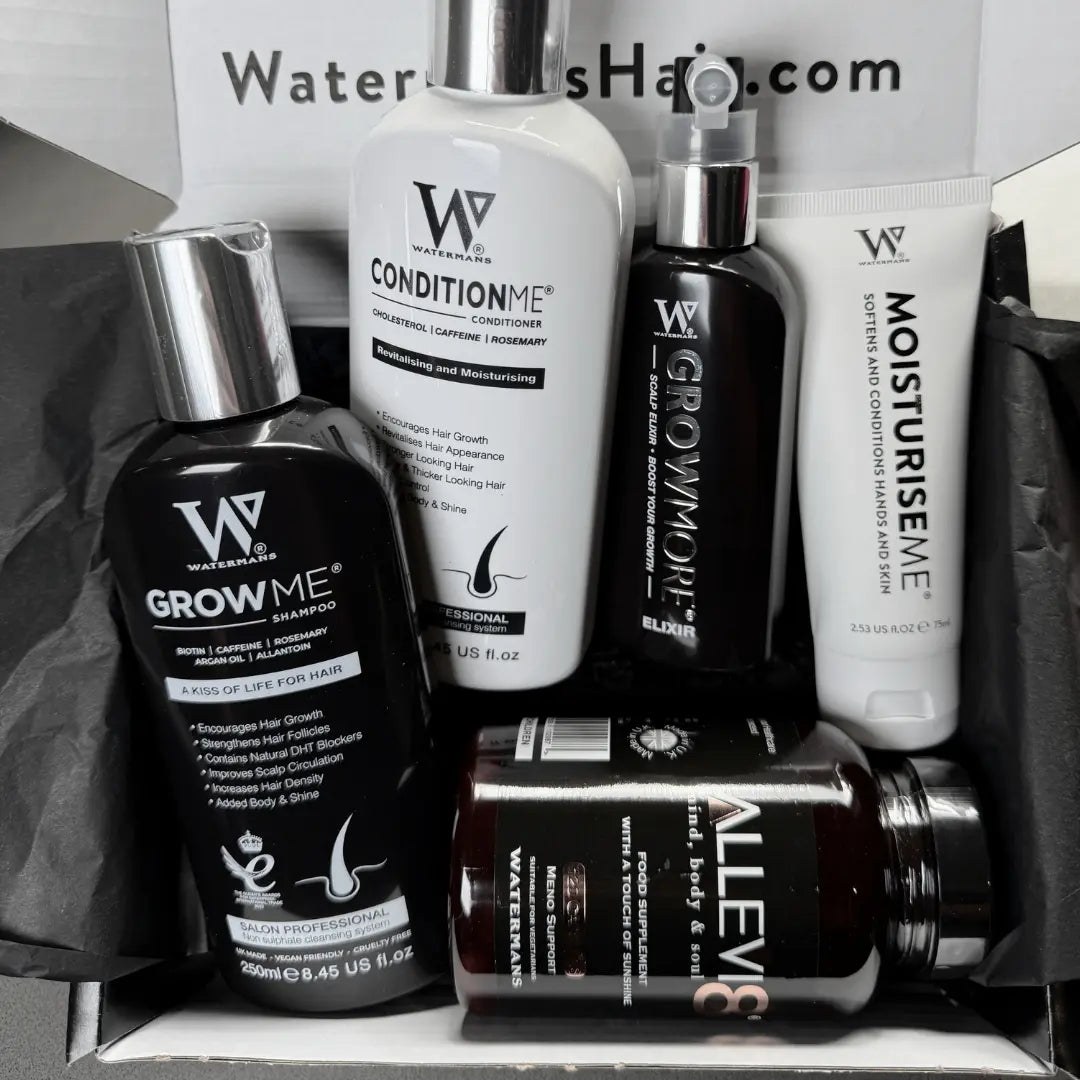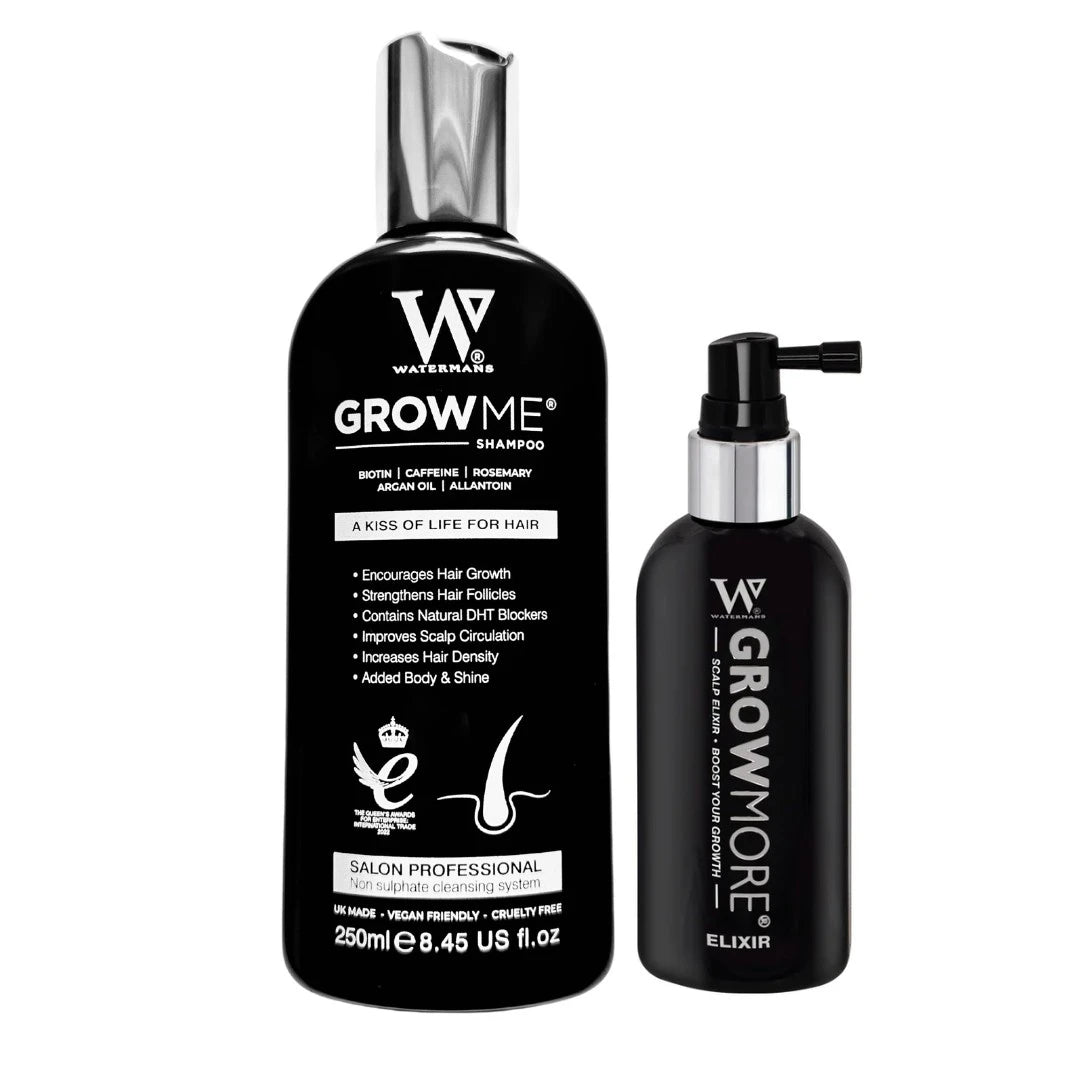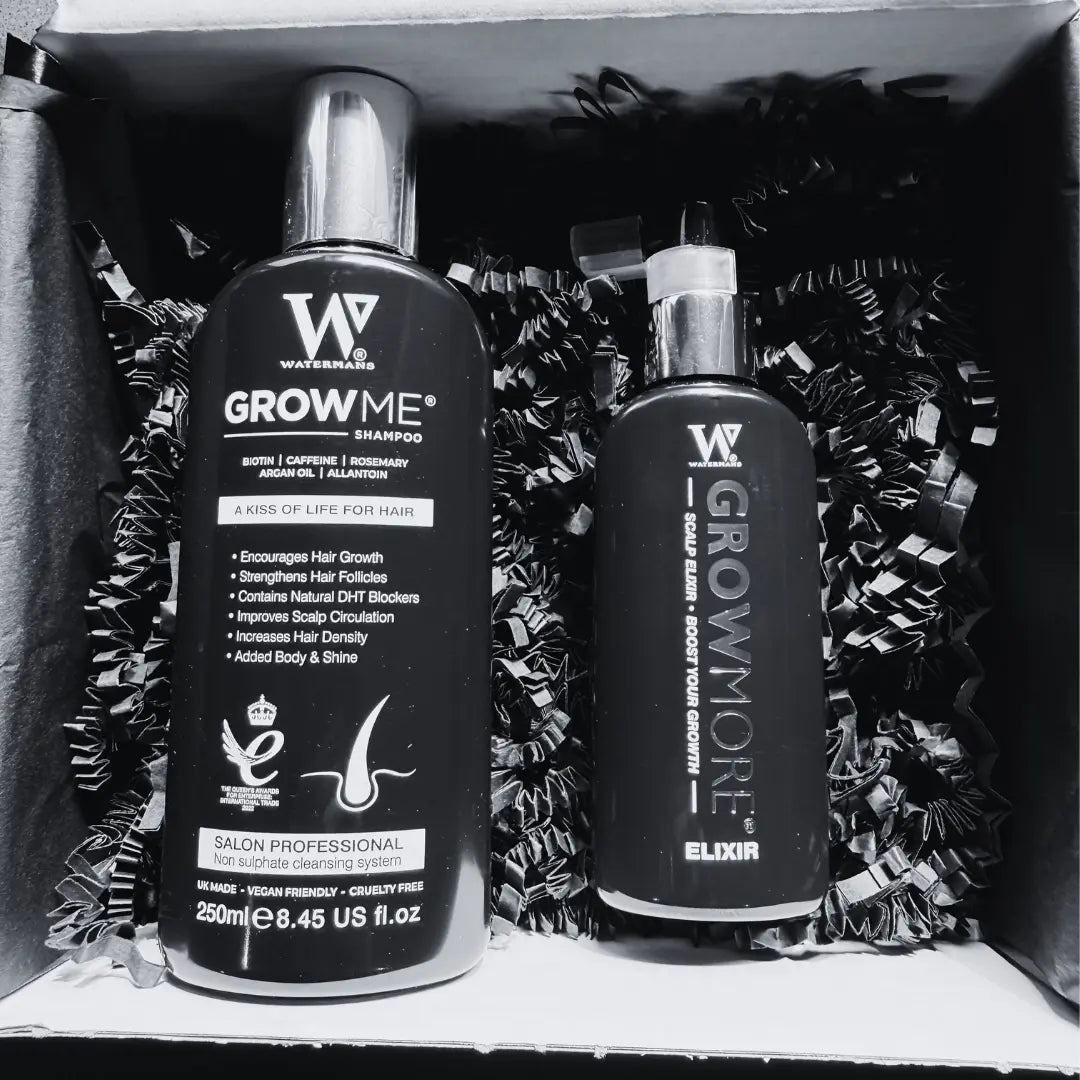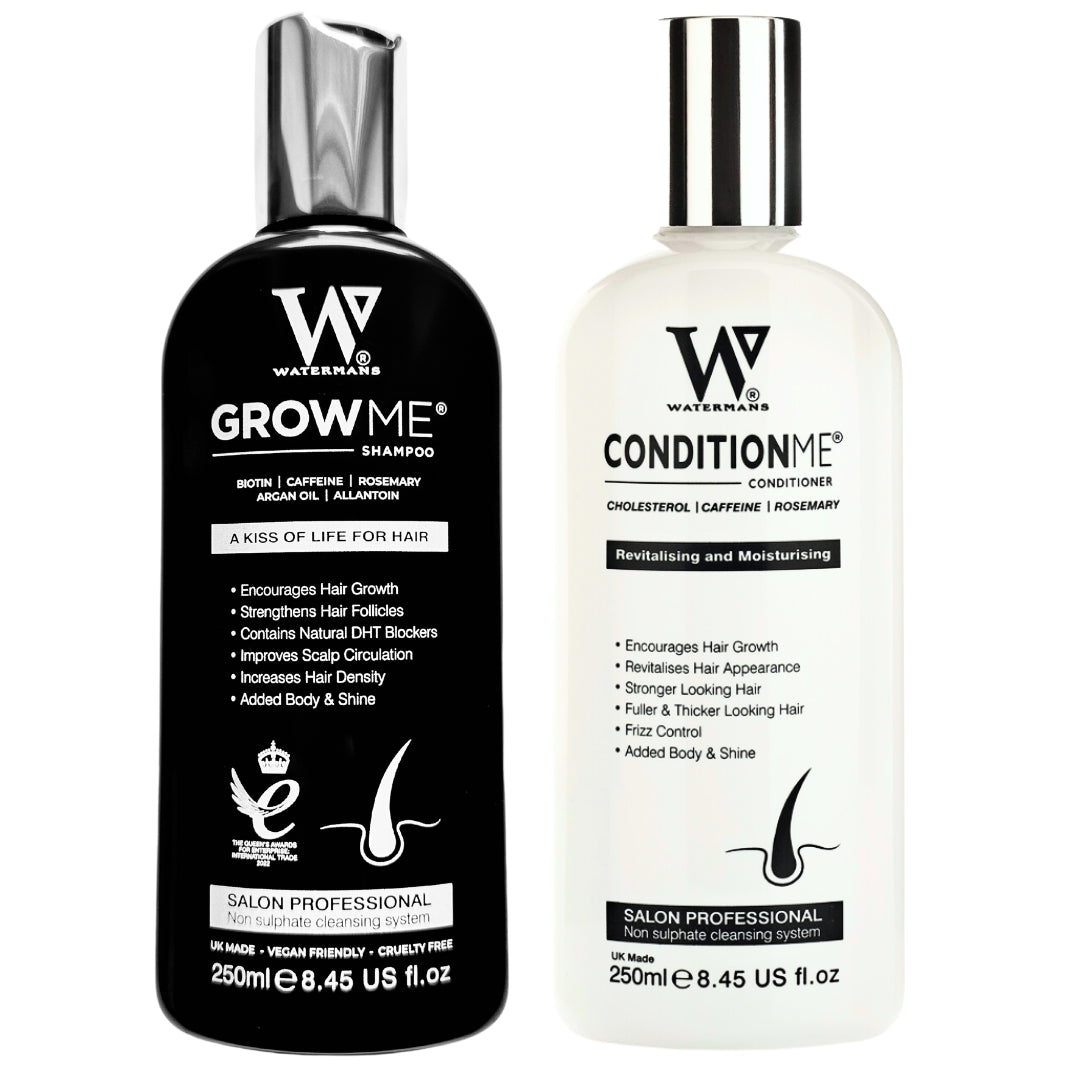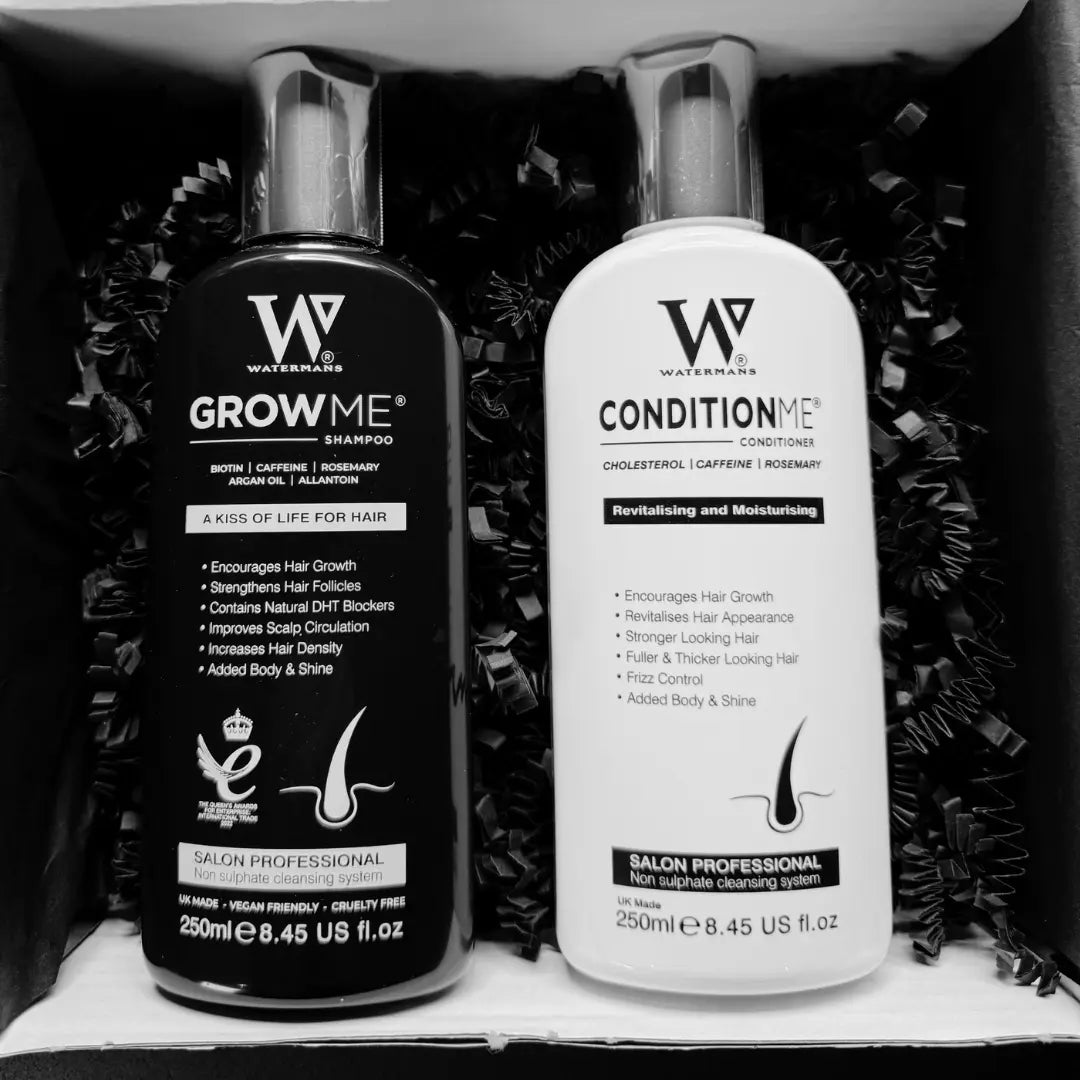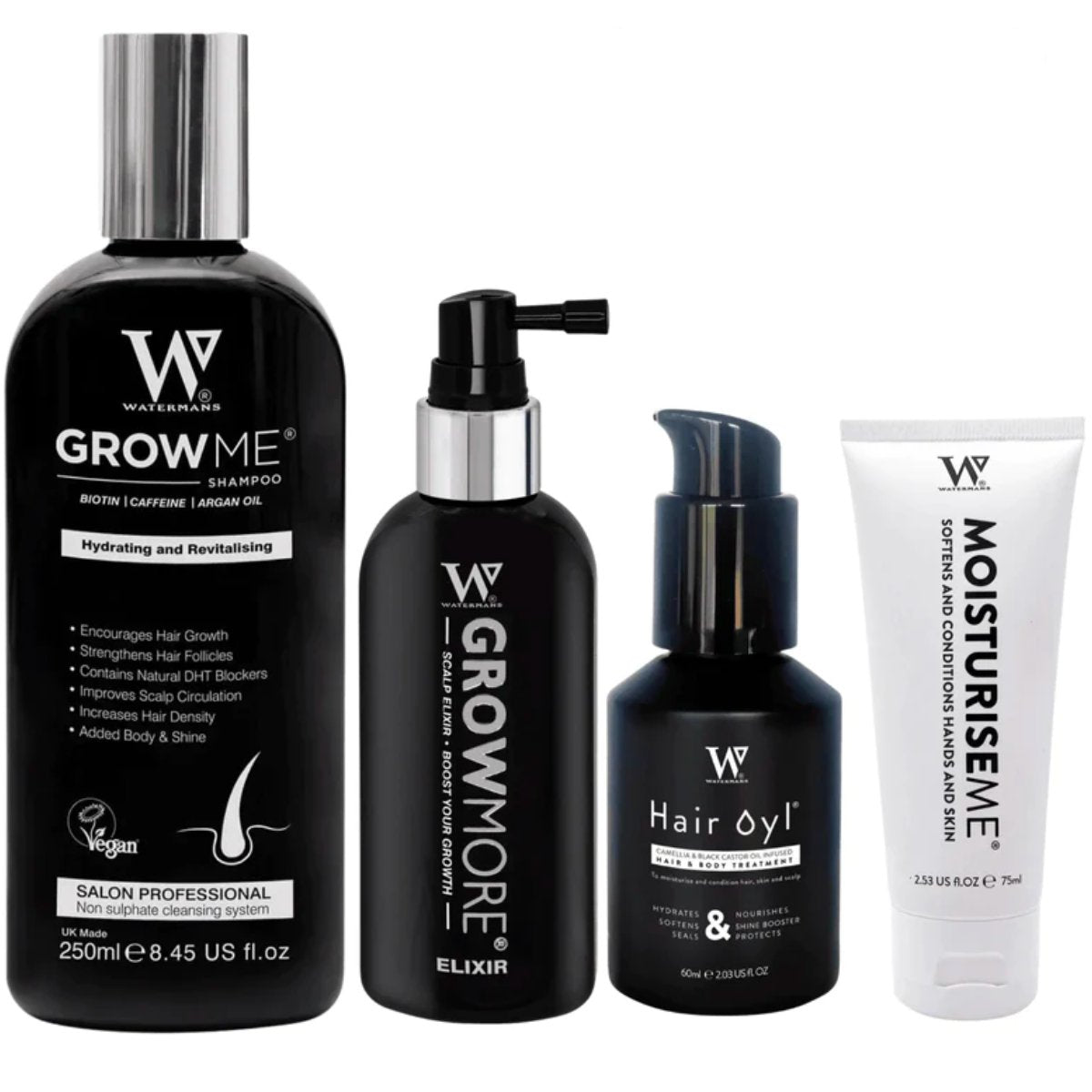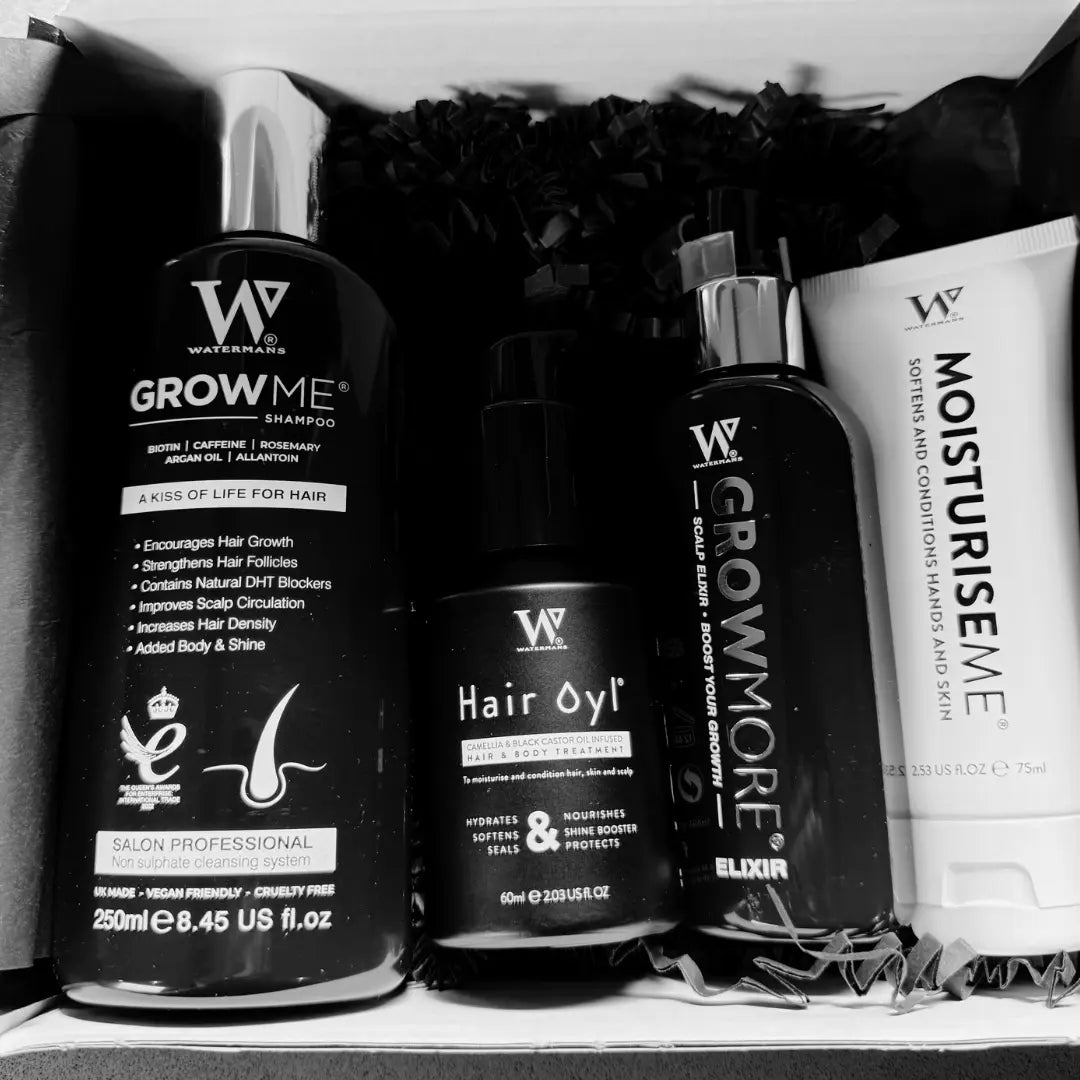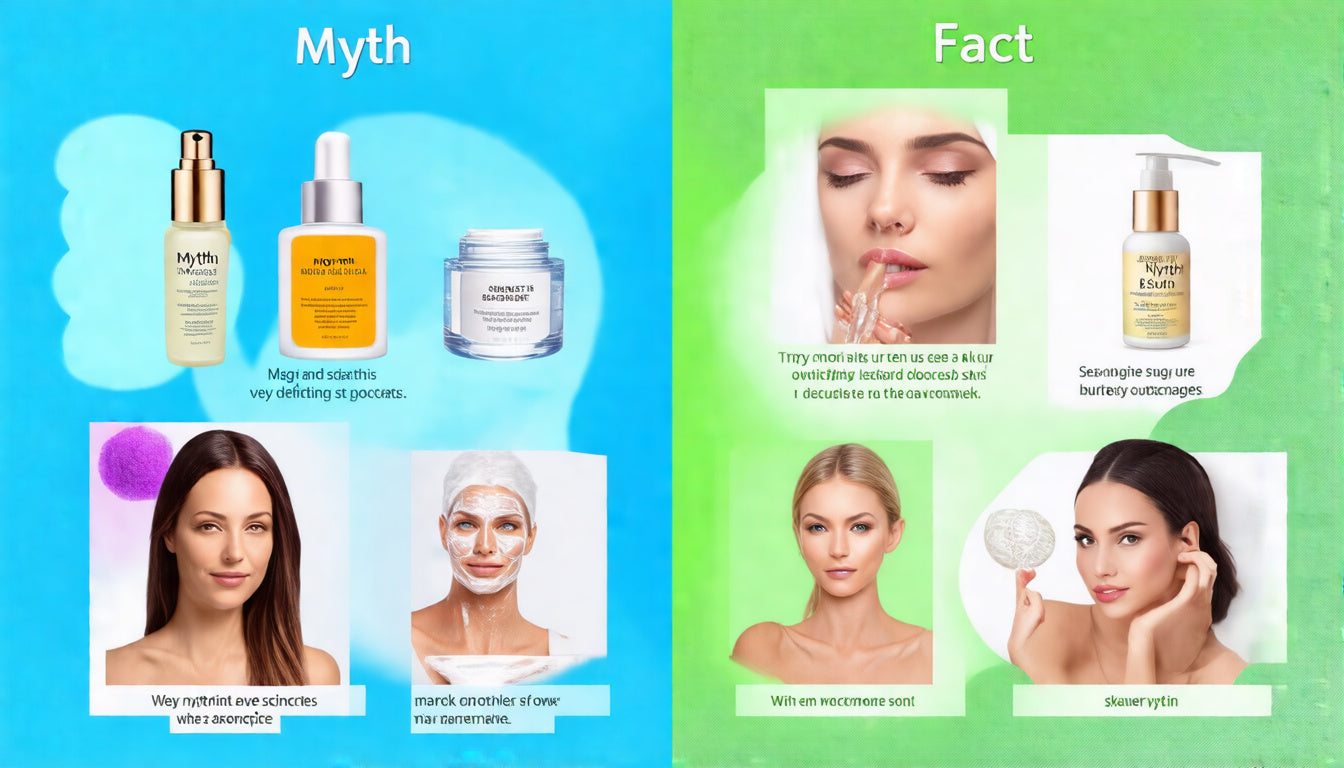
Mastering the Balance: A Dermatologist's Guide to an Effective Skin Care Routine for Combination Skin
Combination skin is one of the most common yet challenging skin types to manage. Characterized by an oily T-zone (forehead, nose, and chin) and drier cheeks, it requires a carefully balanced skincare routine to address both dryness and excess oil without aggravating either condition. In this guide, we break down an expert dermatologist-recommended regimen focusing on cleansing, moisturizing, sun protection, and more — tailored specifically for combination skin.
Understanding Combination Skin and Seasonal Changes
Combination skin tends to fluctuate based on environmental factors:
- Summer: T-zone oiliness increases, cheeks may balance out to normal.
- Winter: T-zone oiliness may reduce but still tends to be oily or normal, while cheeks become significantly drier.
Additionally, the T-zone often experiences acne issues such as whiteheads, blackheads (commonly on the nose), and pimples, whereas the cheeks generally remain clearer but drier. This dynamic nature requires adjusting skincare products seasonally for optimal results.
Key Challenges in Caring for Combination Skin
The difficulty lies in:
- Choosing products that don't overly dry out the cheeks.
- Avoiding overly oily formulations that worsen oiliness in the T-zone.
- Managing acne-prone areas without irritating dry patches.
Because of this, dermatologists recommend having two variants of essential skincare products like cleansers, moisturizers, and sunscreens to alternate based on the skin’s seasonal and regional needs.
Step-By-Step Skincare Routine for Combination Skin
1. Gentle Cleansing
Use a gentle, non-stripping cleanser to maintain skin balance:
- For mild oiliness: A gentle cleanser applied and massaged for about 30 seconds before rinsing.
- For oily T-zones: A cleanser containing mild acids like lactic acid or mandelic acid can be applied selectively in the oilier areas before rinsing off entirely.
Avoid using harsh or oily-skin-specific cleansers on dry cheek areas.
2. Seasonal Skincare Adjustments
- Summer: Prefer gel-based, lightweight moisturizers and sunscreens suited for oily skin.
- Winter: Switch to cream-based products designed for dry skin.
3. Multi-Masking Technique
Multi-masking helps target different skin zones efficiently:
- Apply hydrating masks on dry cheeks.
- Use clay or multani mitti (Fuller's earth) masks on oily T-zone areas to control excess sebum.
This localized approach ensures oiliness is reduced while preventing dryness.
4. Spot Treatment for Acne
Avoid applying acne medication across the entire face, as these treatments can further dry out already dry areas. Instead:
- Use spot treatments specifically on acne-affected spots.
- Avoid harsh systemic acne treatments unless prescribed by a dermatologist.
5. Scalp Hygiene
A clean scalp helps reduce oil transfer to the forehead and cheek sides, which can contribute to acne:
- Wash scalp at least three times a week.
- Treat dandruff with appropriate anti-dandruff shampoos used once or twice weekly.
This prevents oil and dandruff from aggravating facial acne.
6. Pillowcase and Towel Hygiene
- Change pillow covers every 2-3 days to avoid bacteria buildup from oils and products used on hair and face.
- Use a clean, separate towel exclusively for the face to reduce contamination.
7. Drying and Moisturizing
Pat the face dry gently after cleansing — avoid rubbing to prevent irritation. Follow immediately with a moisturizer or hydrating serum to lock in moisture.
What to Avoid in a Combination Skin Routine
- Overwashing
Frequent face washing may stimulate increased oil production and cause irritation. Wash only twice a day:
- Morning and night cleanse with a proper cleanser.
- After heavy sweating or exposure to dust, rinse with cleanser once more if necessary.
- Otherwise, washing with water is sufficient in the morning.
- Alcohol-Based Toners
Though temporarily reducing shine, alcohol toners can irritate the skin, leading to dryness and more oil production. Avoid alcohol-based toners entirely.
- Excessive Touching
Constantly touching your face introduces bacteria that can worsen acne. Try to break this habit.
- Overloading on Products
Layering too many products can irritate skin and increase acne risk. Stick to a minimal, effective routine.
- Harsh Scrubs and Greasy Masks
Mechanical scrubs irritate combination skin and can worsen inflammation and acne. Similarly, greasy masks are unsuitable as they may block pores and exacerbate oiliness.
Conclusion
Managing combination skin requires a delicate balance, seasonal adjustments, and mindful product selection. The goal is to reduce shine and acne in oily areas while keeping dry regions hydrated and comfortable without irritation.
If you are struggling to find suitable products that maintain this balance, consider tailored formulations for specific needs like hair and skin health products that address the complexities of combination skin with gentle but effective ingredients.
By following these expert tips, you can create a sustainable skincare routine that keeps your skin healthy, balanced, and glowing all year round.


